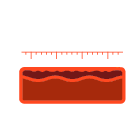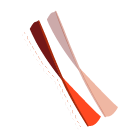There are several important aspects to look at when it comes to inspecting different parts and materials in the equipment and mechanisms that can be found in the Energy industry. Energy systems operate under extreme conditions, including high temperatures, pressures, and corrosive environments.
Inspections and quality control techniques during the manufacturing process help to ensure compliance with industry regulations and standards, which are designed to promote safety and protect the environment.
Common Parts Passing Through Quality Assurance in the Aerospace Industry
WIND ENERGY
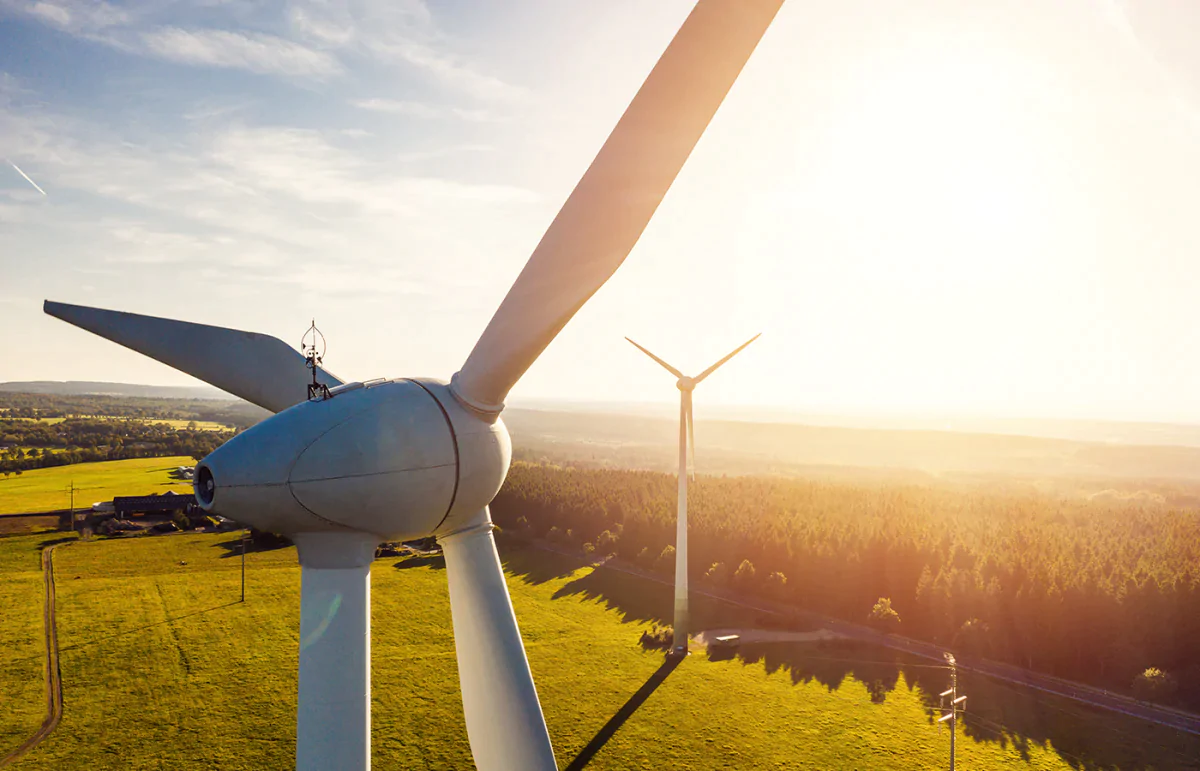
Turbines
Wind turbines are the primary component of a wind energy system. They are typically tall, slender structures with blades that rotate to generate electricity from the wind. Each set of components that make up these devices requires rigorous testing so engineers know how they will perform and how often maintenance is needed.
Quality Control Techniques
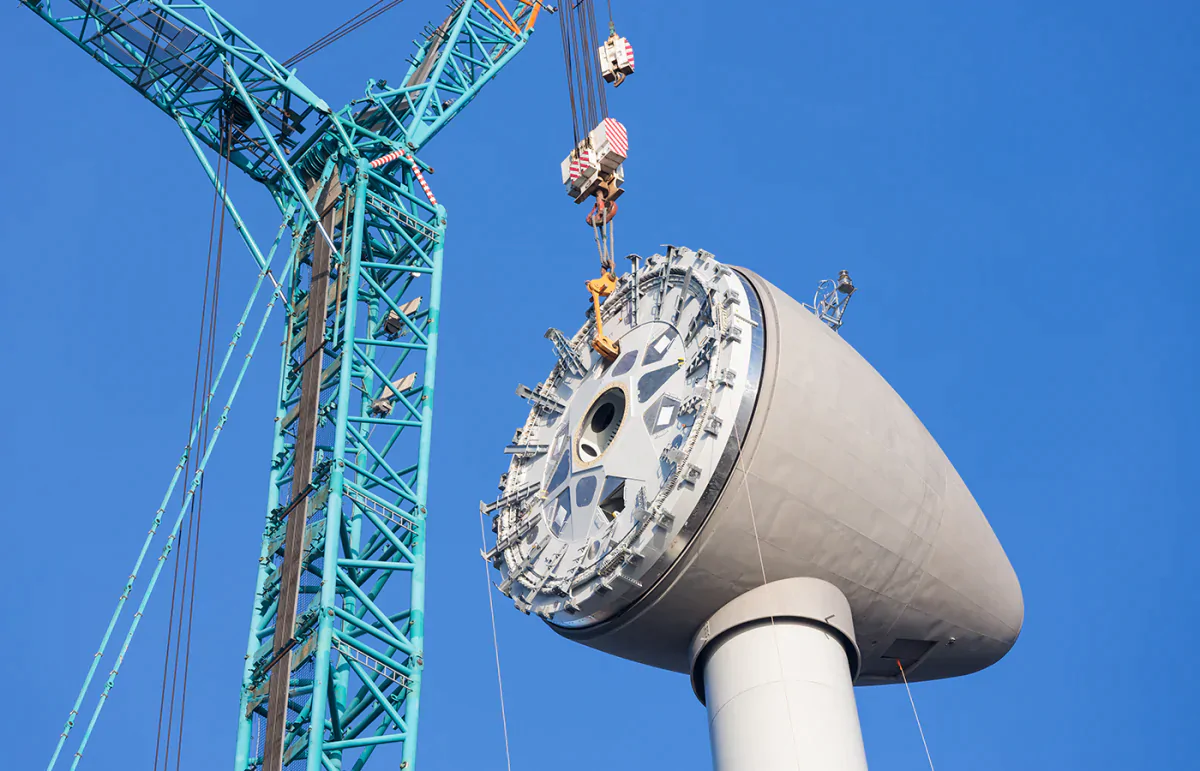
Rotorhubs
In wind turbines, rotary hubs are used to transfer hydraulic fluid or air to the pitch control system, which adjusts the angle of the blades for optimal energy production. Rotary hubs typically consist of a stationary housing and a rotating component that is mounted on bearings, thus having the need for several forms of quality control. They can handle a wide range of pressures, temperatures, and flow rates, making them versatile components in the energy industry.
Quality Control Techniques

Blades
Wind turbine blades are typically made from composite materials, such as fiberglass or carbon fiber, to ensure they are strong yet lightweight.
Quality Control Techniques
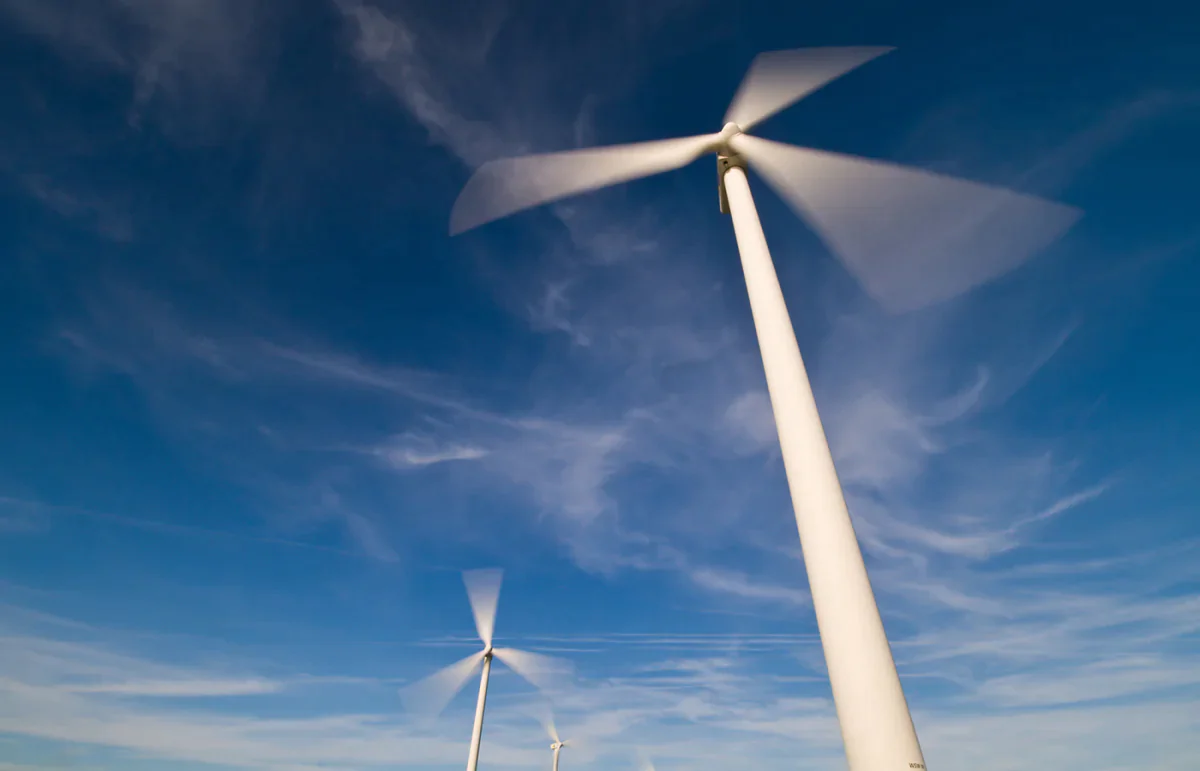
Towers
The towers that support the turbines are typically made from steel or concrete and must be designed to withstand high winds and other harsh weather conditions.
Quality Control Techniques
WATER ENERGY
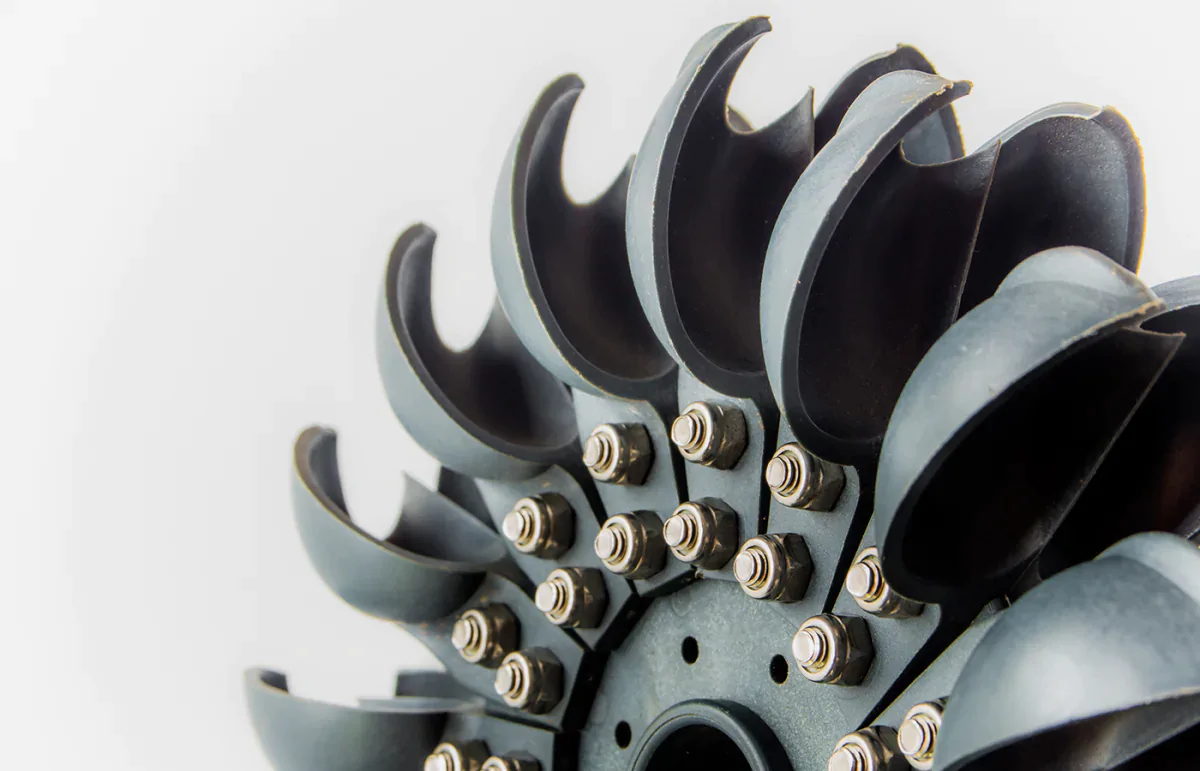
Turbine
Turbines are machines that convert the kinetic energy of water or steam into mechanical energy that can be used to generate electricity. Water or steam is directed onto the blades of the turbine, causing it to spin, which drives a generator to produce electricity.
Quality Control Techniques
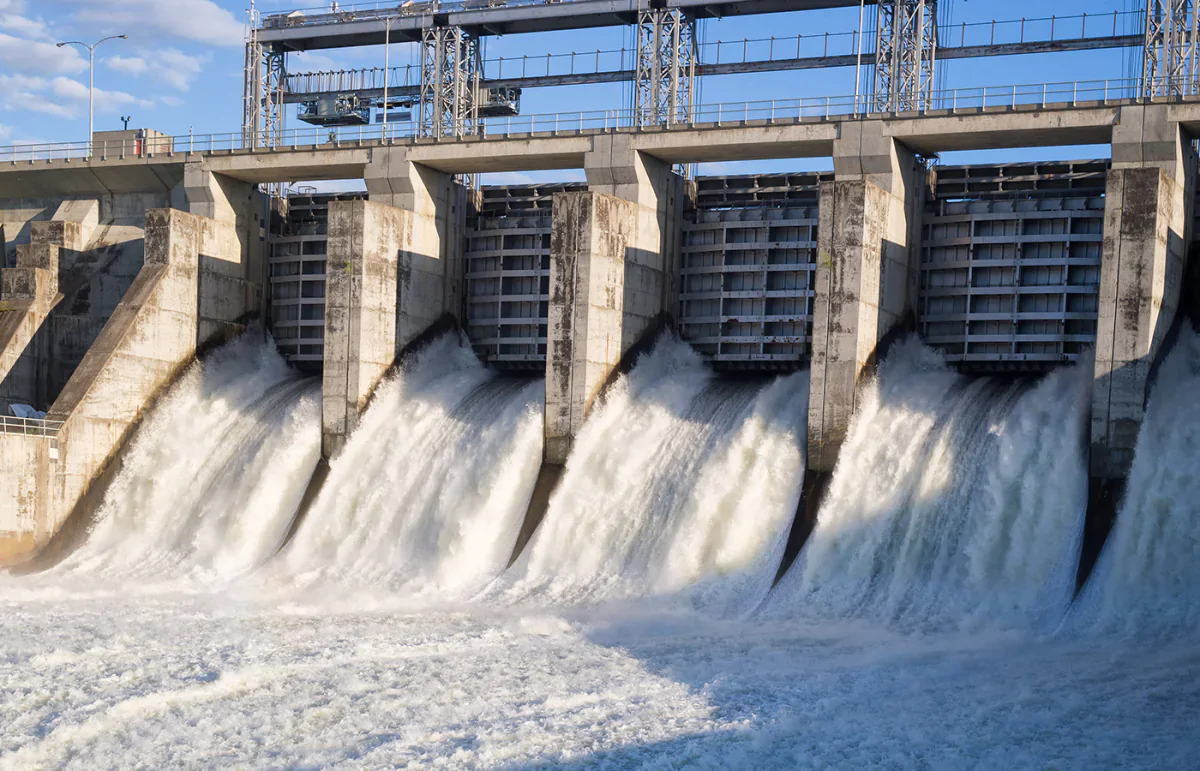
Dams
Dams are structures built across a river or waterway to create a reservoir of water that can be used to generate hydroelectric power. Dams typically consist of a concrete or earthen wall and a spillway that allows the excess water to flow out.
Quality Control Techniques
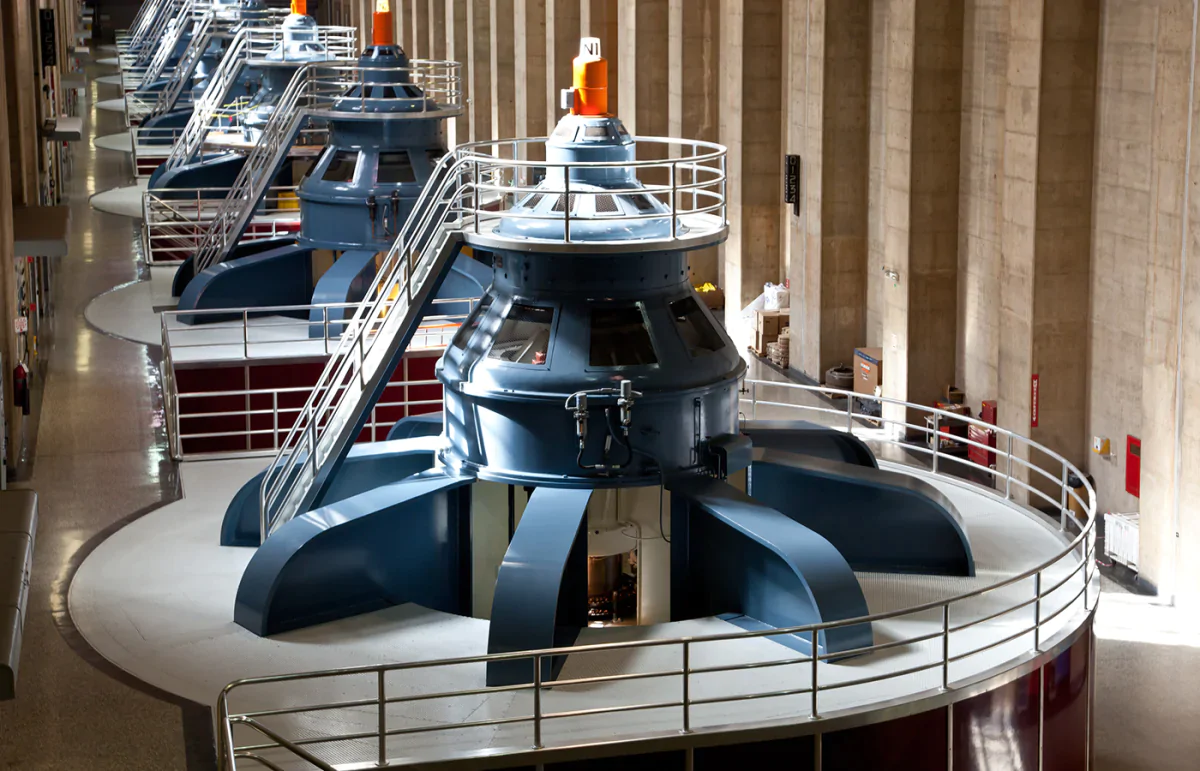
Generators
Used to convert mechanical energy into electrical energy, generators are the most well-known part of any hydroelectric construction. By transforming the force of a spinning turbine the generator, can thus produce electricity.
Quality Control Techniques
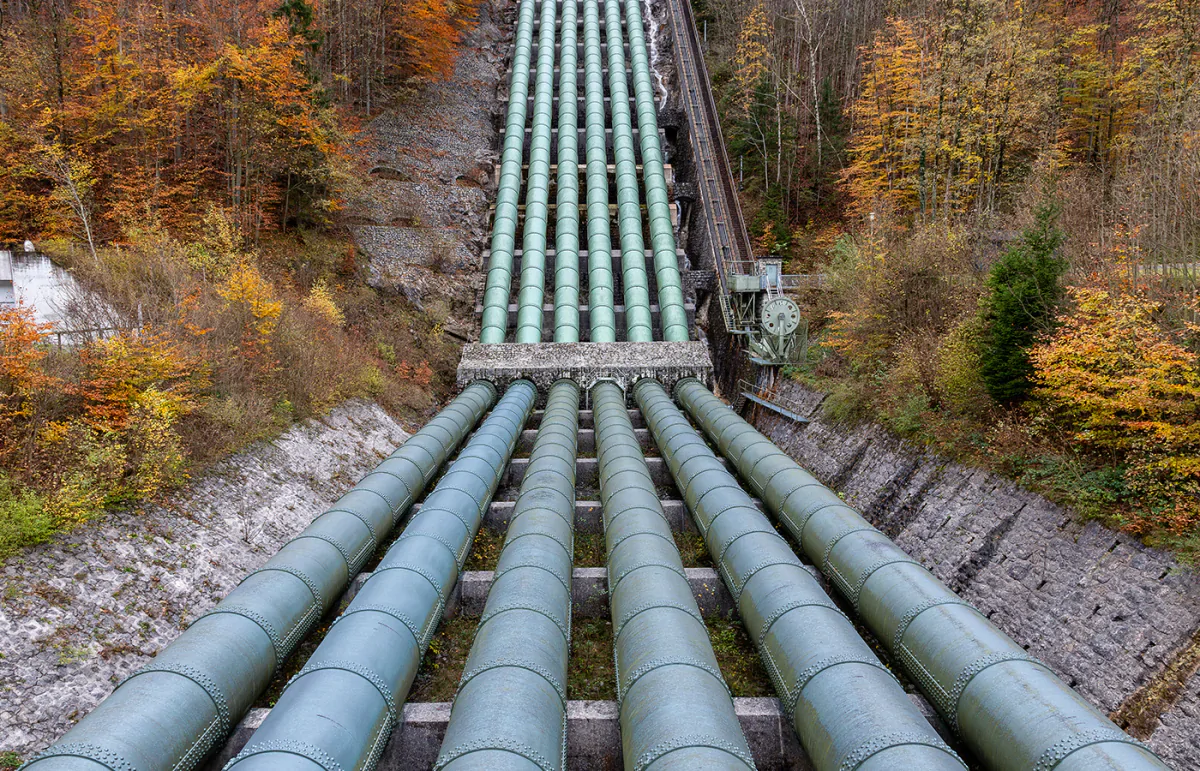
Penstocks
Penstocks are large pipes or channels that transport water from the reservoir to the turbine. The water traveling through these penstocks is typically under high pressure to maximize the energy output of the turbine.
Quality Control Techniques
SOLAR ENERGY
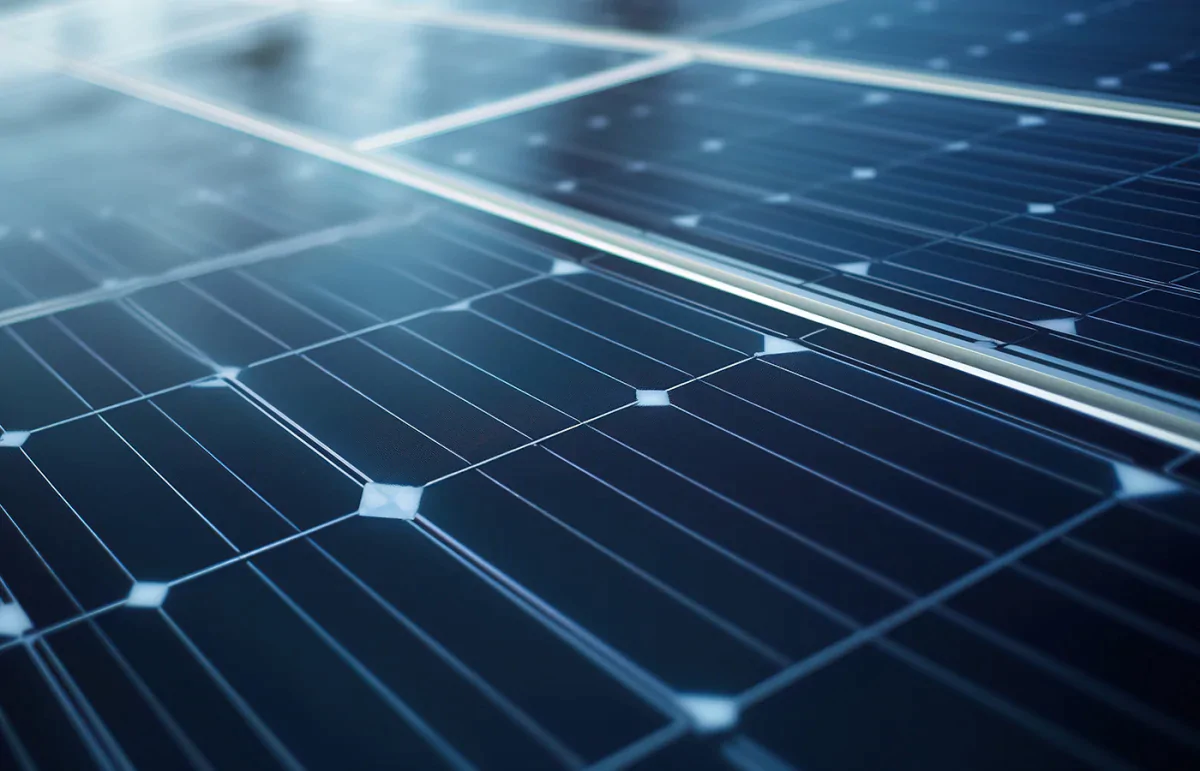
Solar Cells
Solar cells are a critical component of the solar energy industry, as they convert sunlight into electricity. Quality assurance techniques are therefore essential to ensure that solar cells are built to meet the required standards and operate efficiently.
Quality Control Techniques
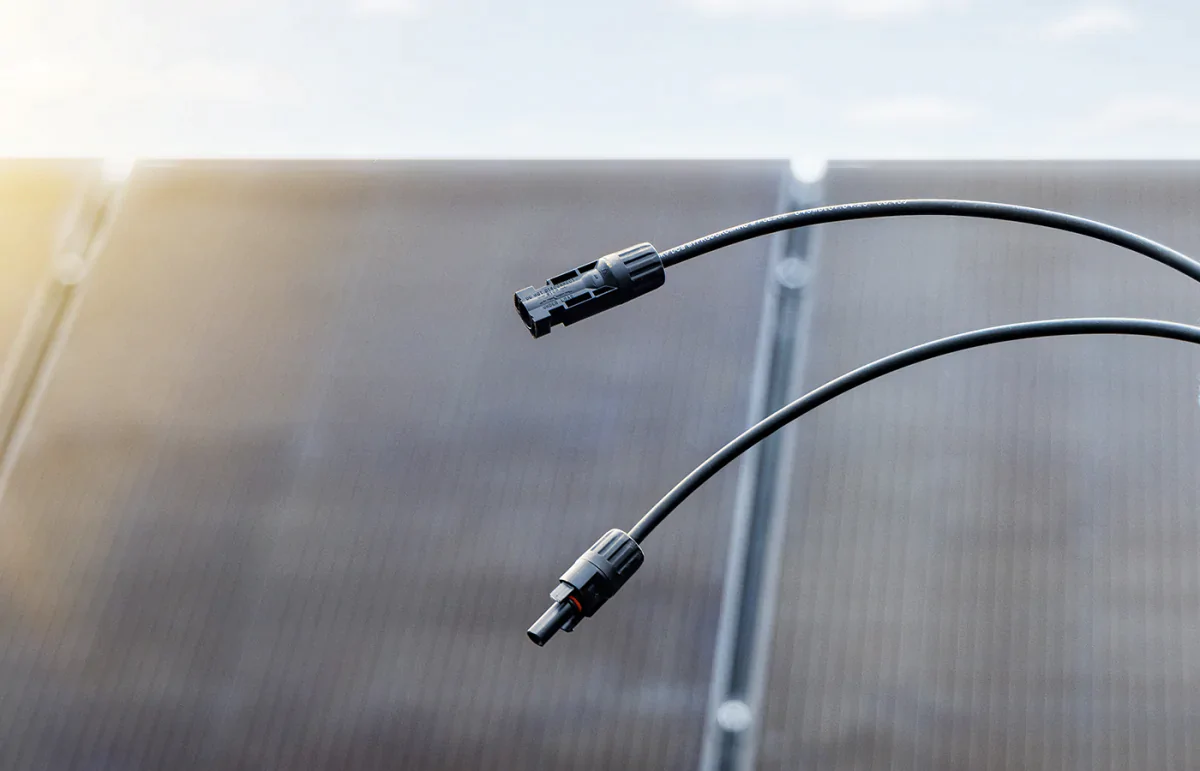
Interconnectors
In the solar energy industry devices called interconnectors, allow solar panels to connect to each other and/or to the power grid. They are essential for transferring the energy produced by solar panels to homes and businesses.
Quality Control Techniques

Solar Glass
Solar glass is a type of glass that is designed specifically for use in solar panels. It is specially treated to be highly transparent, durable, and able to withstand exposure to harsh sunlight and other environmental conditions.
Quality Control Techniques
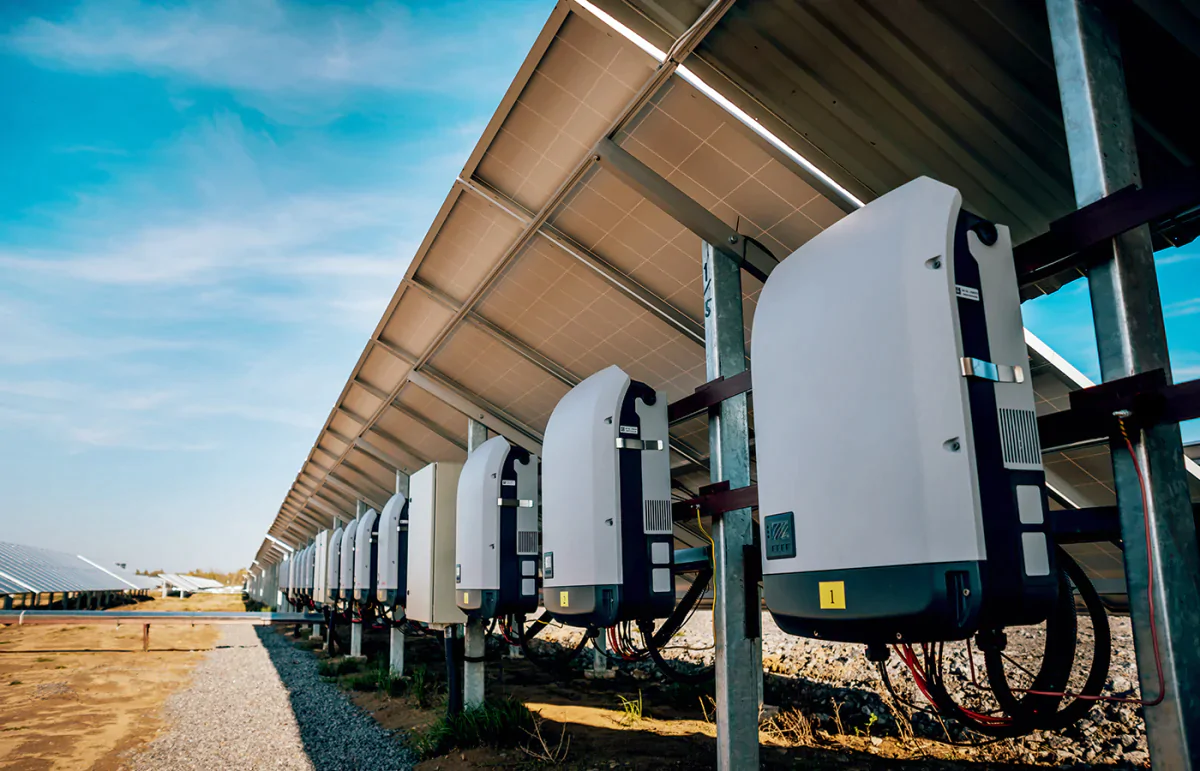
Inverters
Inverters are an essential component of solar energy systems as they convert the direct current (DC) electricity produced by solar panels into alternating current (AC) electricity that can be used to power homes and businesses.
Techniken zur Qualitätskontrolle
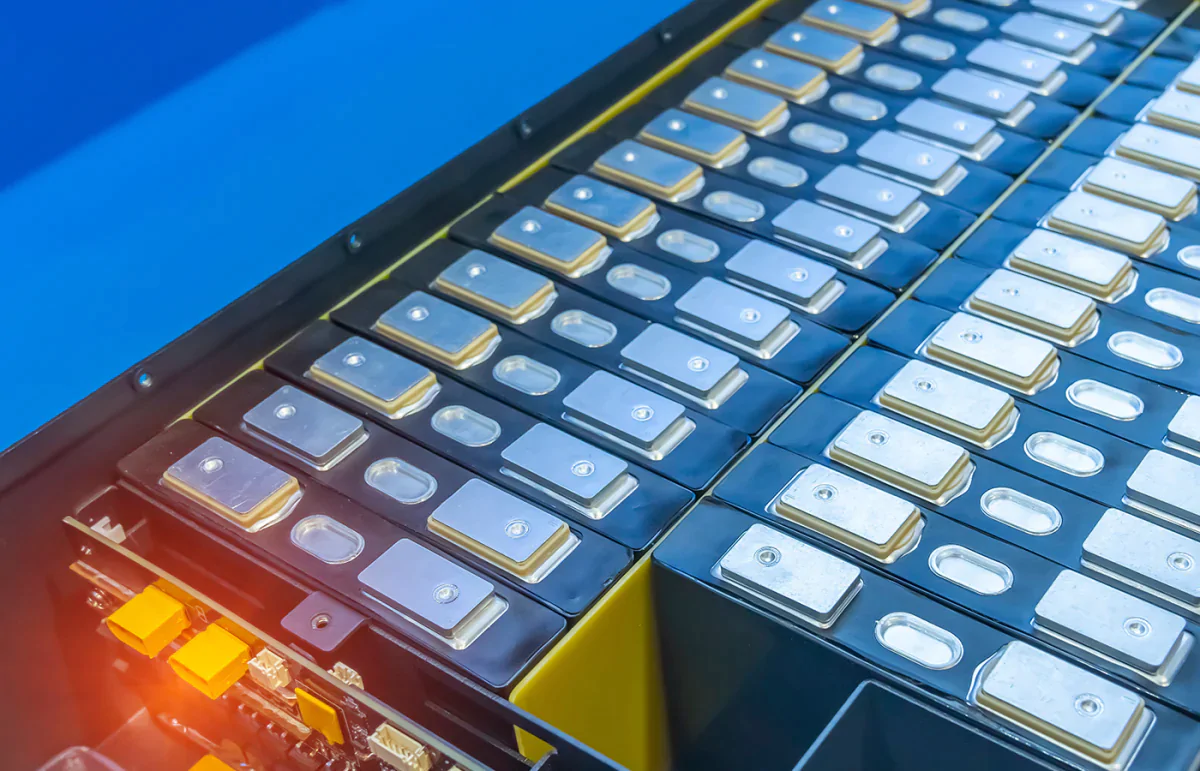
Batteries
Batteries are an important component of solar energy systems, as they store the excess energy produced by solar panels during the day for use during times when there is no sunlight available.
Quality Control Techniques
Sie wollen mehr über die Möglichkeiten zur Qualitätssicherung in Ihrem Unternehmen erfahren?
Nehmen Sie Kontakt zu uns auf und wir helfen Ihnen gerne weiter!




















